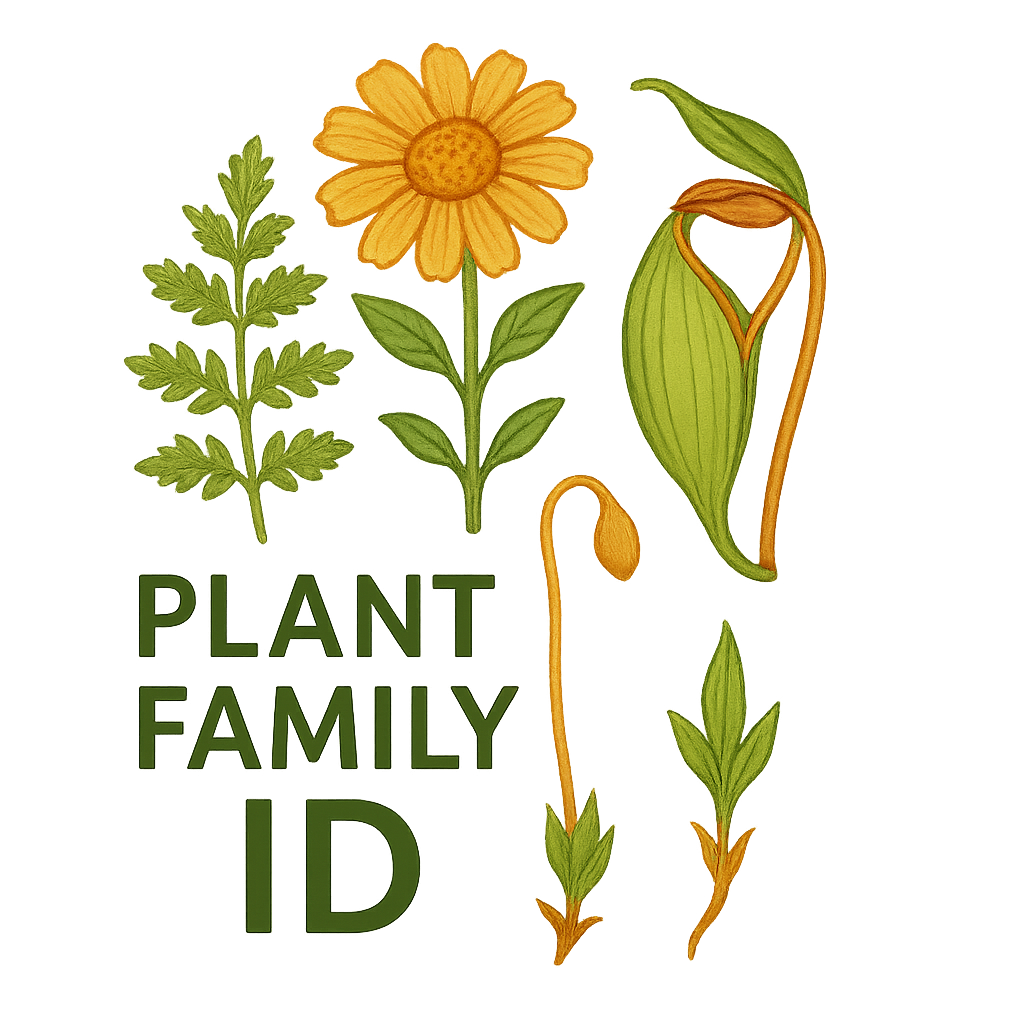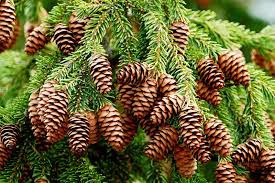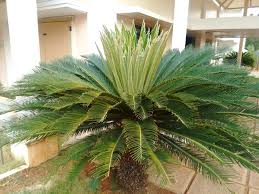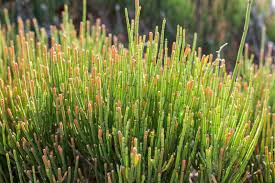Ginkgoaceae
Ginkgo Family
The Ginkgoaceae is a unique, ancient family of gymnosperms containing only a single living species, Ginkgo biloba. This deciduous tree, often termed a "living fossil," is the sole survivor of the order Ginkgoales and division Ginkgophyta. Native to China but cultivated globally, it is famous for its distinctive fan-shaped leaves and represents a lineage separate from conifers, cycads, and gnetophytes.
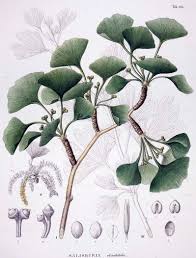
Overview
The Ginkgoaceae family is remarkable for having only one extant species, Ginkgo biloba. Fossil records show that the Ginkgo lineage (Ginkgophyta) was much more diverse and widespread during the Mesozoic Era (the age of dinosaurs), but all other members have since gone extinct. The surviving species is native to mountainous regions of eastern China, where a few potentially wild populations persist, but it has been cultivated for centuries in East Asia and is now planted worldwide in temperate climates as an ornamental and street tree, valued for its unique foliage, autumn color, and resilience.
Ginkgo biloba is a large, long-lived deciduous tree, capable of reaching heights over 30 meters. It is easily recognized by its unique fan-shaped leaves with veins that radiate outwards and fork dichotomously. The tree is dioecious, with separate male and female individuals. Male trees produce small, pollen-bearing, catkin-like structures (strobili), while female trees produce paired ovules on long stalks. Fertilization involves motile sperm, an ancient trait shared with cycads. The resulting seed resembles a small plum, with a fleshy, often foul-smelling outer layer (sarcotesta) surrounding a hard shell.
Ginkgo holds cultural significance, especially in East Asia, and is widely used in traditional medicine and as a dietary supplement (Ginkgo biloba extract), although clinical evidence for many claimed benefits is often limited or inconclusive. Due to its unique evolutionary history and distinct characteristics, it is a subject of great botanical interest.
Quick Facts
- Scientific Name: Ginkgoaceae Engl.
- Common Name: Ginkgo Family
- Number of Genera: 1 (Ginkgo)
- Number of Species: 1 (Ginkgo biloba)
- Distribution: Native to China; widely cultivated in temperate regions.
- Evolutionary Group: Gymnosperms - Ginkgophyta - Ginkgoales
- Key Feature: Monotypic "living fossil"; deciduous tree; unique fan-shaped leaves with dichotomous veins; dioecious; seeds with fleshy, smelly sarcotesta.
Key Characteristics
Growth Form and Habit
Ginkgo biloba is a large, deciduous tree with a variable crown shape, often becoming broad and irregular with age. It exhibits distinct long shoots and short, spur-like shoots where leaves and reproductive structures are often clustered.
Leaves
Leaves are simple, unique, and highly distinctive: fan-shaped (flabellate), often with a notch at the apex dividing the blade into two lobes (hence the specific epithet 'biloba'). Venation is dichotomous – veins fork repeatedly from the base but do not form a network. Leaves are borne alternately on long shoots and in dense clusters at the tips of short spur shoots. They turn bright yellow in autumn before falling. Stipules are absent.
Dioecy
Plants are strictly dioecious, with male and female reproductive structures produced on separate trees.
Reproductive Structures (No Flowers)
As gymnosperms, Ginkgoaceae lack true flowers and fruits. Reproduction involves specialized structures:
- Male Structures (Microstrobili): Small, yellowish, catkin-like pollen cones (strobili) borne in clusters on spur shoots in spring. Each strobilus consists of a central axis bearing numerous microsporophylls, each typically with two microsporangia (pollen sacs).
- Female Structures (Ovules): Typically consist of two (rarely more) naked ovules borne at the apex of a long stalk (peduncle) that arises from a spur shoot. Usually, only one ovule develops into a seed. Each ovule has an integument that does not fully enclose the apex, leaving a micropyle.
Fertilization
Pollination is by wind. Fertilization is notable for involving motile, flagellated sperm cells (similar to cycads and more primitive plants, unlike conifers and angiosperms), which swim a short distance within the ovule to reach the egg cell. This is considered an ancestral trait.
Seeds
The seed is relatively large (2-3 cm), resembling a plum or apricot. It consists of a fleshy, yellowish or orange outer layer (sarcotesta), which produces butyric acid upon decay, giving ripe seeds a strong, unpleasant odor (often compared to rancid butter or vomit). Beneath the sarcotesta is a hard, stony layer (sclerotesta), and within that is the nutritive tissue (female gametophyte) and the embryo. The seed is not enclosed in a true fruit derived from an ovary wall.
Chemical Characteristics
Contains unique compounds like ginkgolides and bilobalide (terpene trilactones), as well as flavonoids, which are studied for potential medicinal properties. The sarcotesta contains compounds that can cause dermatitis.
Field Identification
Identifying Ginkgo biloba is usually straightforward due to its highly distinctive leaves:
Primary Identification Features
- Leaves: Unmistakable fan-shaped leaves, often notched at the apex, with dichotomous venation (no central midrib, veins fork repeatedly).
- Habit: Large deciduous tree, often planted in urban environments or parks.
- Leaf Arrangement: Alternate on long shoots, clustered on short spur shoots.
- Autumn Color: Leaves turn a brilliant, clear yellow in fall.
- Seeds (Female Trees): Plum-like seeds with a fleshy outer layer that becomes foul-smelling when ripe/decaying on the ground in autumn.
- Male Structures (Spring): Small, drooping, catkin-like pollen cones on spur shoots.
Secondary Identification Features
- Bark: Grayish-brown, becoming deeply furrowed on older trees.
- Branching Pattern: Often somewhat irregular, especially on older specimens. Spur shoots prominent on older branches.
- Dioecious Nature: Only female trees produce seeds; male trees are often preferred for planting to avoid the smelly seeds.
Seasonal Identification Tips
- Spring: Look for emerging leaves and small male pollen cones or female ovules on spur shoots.
- Summer: Easily identified by the unique fan-shaped leaves.
- Fall: Striking yellow autumn foliage. Ripe, smelly seeds may be found under female trees.
- Winter: Deciduous habit. Identify by bark, branching pattern, and prominent spur shoots.
Common Confusion Points
Ginkgo biloba is generally unmistakable due to its unique leaves. No other tree has the same combination of fan-shaped leaves with dichotomous venation.
- Confusion is highly unlikely once leaves are observed.
Field Guide Quick Reference
Look For:
- Deciduous tree
- Fan-shaped leaves (often notched)
- Dichotomous leaf venation
- Leaves alternate / clustered on spurs
- Dioecious (separate M/F trees)
- Male "catkins" (spring)
- Fleshy, smelly seeds (female trees, fall)
- Bright yellow fall color
Key Distinctions:
- Unique leaf shape/venation
- Gymnosperm (no flowers/fruits)
- Deciduous (unlike most conifers/cycads)
- Motile sperm (biological feature)
- Monotypic family/order/division
Notable Examples
As a monotypic family, there is only one living species:

Ginkgo biloba
Ginkgo / Maidenhair Tree
The sole surviving species of the Ginkgoales. A large, deciduous gymnosperm tree native to China, widely cultivated globally. It is instantly recognizable by its unique fan-shaped leaves and is often referred to as a "living fossil" due to its ancient lineage.
Phylogeny and Classification
Ginkgoaceae represents an entire division of plants, the Ginkgophyta, with only one living species. It is one of the four major groups of extant gymnosperms, alongside Conifers (Pinophyta), Cycads (Cycadophyta), and Gnetophytes (Gnetophyta). Its evolutionary history extends back over 270 million years, with peak diversity during the Mesozoic era.
The exact phylogenetic relationship of Ginkgoales to the other gymnosperm groups remains an area of active research and debate. Some molecular studies suggest Ginkgoales may be sister to a clade containing conifers and gnetophytes, while others place it sister to cycads, or potentially sister to all other living seed plants except cycads. Regardless of its precise placement, it represents a deeply divergent and isolated lineage among living seed plants.
Position in Plant Phylogeny
- Kingdom: Plantae
- Clade: Tracheophytes (Vascular plants)
- Clade: Spermatophytes (Seed plants)
- Clade: Gymnosperms
- Division: Ginkgophyta
- Order: Ginkgoales
- Family: Ginkgoaceae
Evolutionary Significance
Ginkgo biloba and the Ginkgoaceae are profoundly significant:
- Living Fossil: Provides a unique window into plant life of the Mesozoic era, having changed little morphologically for tens or hundreds of millions of years.
- Isolated Lineage: Represents a distinct evolutionary path among seed plants, highlighting the diversity of extinct forms and the contingencies of survival.
- Ancestral Traits: Retains primitive reproductive features like motile sperm, linking it to cycads and non-seed plants.
- Resilience: Its ability to survive major extinction events and thrive in diverse cultivated environments speaks to its biological robustness.
- Model Organism: Used in studies of plant evolution, longevity, and adaptation.
